Why go camping?
How about because it’s loads of fun? Because you create lifelong memories with people you love over a crackling campfire. Because coffee tastes better outside. Because… s’mores. Because waking up to the sound of birdsong. Because camping will save you a bunch of money that you don’t shell out for a hotel.
But if you’ve not camped much before, the initial investment in gear might be holding you back. I wrote about all the gear you need to go car camping here, and what each item is used for. It’s a lot of stuff, but once you invest in good gear it’ll last you through many summers sleeping under the stars.

Unless you camp on wheels, a tent is likely to be the most important and expensive piece of camping gear you purchase. And when it comes time to choose, the array of things to consider might make your head spin.
How lightweight do you need it to be? How much space do you want? Do you really need that giant vestibule? Is the rain fly going to keep you dry in a downpour? Are you going to be able to figure out how to assemble the tent in the dark? (Because at some point, that’ll happen). And of course, is it worth the price tag?
There’s a lot to consider, but it’s important to be choosy because a great tent will last you years, possibly decades (that is if your tent is cared for properly–here are some tips). It’ll keep you dry even when it rains sideways. It’ll make you want to go camping. A crappy tent, on the other hand, might have you packing up early and cutting your trip short if you get unexpectedly rained on.
Outdoor Experts Share Their Favorite Tents
Here’s How to Choose a Great Tent
Answer these basic questions to narrow your criteria to the perfect tent that will last for years of memorable camping.
1) What kind of camper are you?
The first thing to consider is how you do most of your camping.
Are you more of a backcountry camper or more of a car camper? You can certainly pitch a lightweight, no-frills backcountry tent in a car campground. But you won’t want to lug a heavy car camping tent into the backcountry.
Are you a car camper who moves camp every night on a road trip, or who keeps the same base camp for a long weekend or more? You won’t want a tent that takes half an hour to assemble if you’re cape-hoppin’ down the coast.
If you can only afford one tent, opt for the kind that best suits your camping style the majority of the time.
2) How many people do you need your tent to hold?
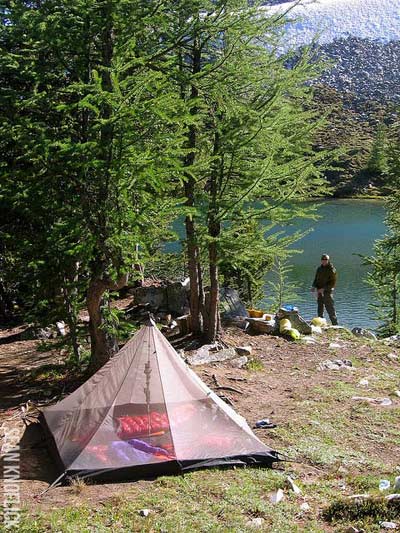 Most tents specify 2-person, 4-person, 6-person, etc. Stick to this system if you are a backcountry camper and shopping for a backcountry tent. Note that a 2-person tent is likely to fit two adults sleeping side by side, and pretty much nothing else. Perhaps some gear, but no room for your big backpacks. If you are a couple with a dog looking for a car camping tent, you’ll be more comfortable in a 4-person tent. A family with two kids will likely want a 6-person tent.
Most tents specify 2-person, 4-person, 6-person, etc. Stick to this system if you are a backcountry camper and shopping for a backcountry tent. Note that a 2-person tent is likely to fit two adults sleeping side by side, and pretty much nothing else. Perhaps some gear, but no room for your big backpacks. If you are a couple with a dog looking for a car camping tent, you’ll be more comfortable in a 4-person tent. A family with two kids will likely want a 6-person tent.
Take into consideration what size your family will be five years from now. Are you planning to have kids? Get a dog? Make sure you think about the future when you think about tent size so your new tent can grow with you.
Also consider the amount of gear you might need to store inside the tent in the event of bad weather. This is less of an issue if you’re car camping because odds are you’ll prefer to just stow gear inside your car, not your tent. But it’s something to think about in the backcountry.
3) What weather will you camp in?
 Backcountry tents typically advertise as 3-season (spring, summer and autumn) or 4-season (add winter). So what’s the diff? A 3-season tent will have more mesh fabric and a 4-season tent will have more solid fabric. Good-quality backcountry tents, if properly treated, will keep you dry in a downpour even if it is raining sideways.
Backcountry tents typically advertise as 3-season (spring, summer and autumn) or 4-season (add winter). So what’s the diff? A 3-season tent will have more mesh fabric and a 4-season tent will have more solid fabric. Good-quality backcountry tents, if properly treated, will keep you dry in a downpour even if it is raining sideways.
Car camping tents might not be rated according to seasons, in which case you’ll have to use other cues to determine how weather-worthy a tent is.
In the Pacific Northwest, be sure to get a tent that can handle rain. Pay attention to the tent’s rain fly, which is the waterproof cover designed to fit over the roof of your tent. Some tents have only partial rain flies. Personally, I would stay away from partial rain flies and only buy a tent with a full rain fly, or at least one that offers great coverage. (See the various partial rain flies above and notice how some offer more coverage than others, especially if staked out a bit.) You can seam seal any tent to make it even more water-resistant, but it’s important to try and prevent water from touching the walls of your tent in the first place. That is a rain fly’s job. If there is no sign of rain in the forecast, you could leave the fly off entirely for stargazing and ventilation.
If you can, get a tent that has a footprint that’s made to go with the tent. It should be the exact same size as the floor of the tent (or ever so slightly smaller). Ideally, the footprint will have gromets that secure it to the tent bottom via the tent poles. Sure, you can place a tent on top of a random groundcloth or even a blue tarp, and I’ve done this in a pinch, but there’s a risk in doing so. If it rains, water will collect onto that tarp and start to accumulate around and under your tent. And that would be bad. Also, a footprint takes the fall if there’s morning dew; it’s much easier to dry out the footprint than the whole tent. A footprint also protects the bottom of your tent from dirt, sharp rocks that could rip it, etc.
4) What tent shape do you want?
Some car campers are more partial to certain tent shapes over others.
Nearly every tent I’ve owned thus far has been a freestanding dome tent. (Freestanding just means the tent can be assembled without the use of stakes, which I found to be advantageous when setting up camp atop sandstone in Utah.) Dome tents are nice because their aerodynamic shape is good at shedding wind and rain. They’re a cinch to assemble and can be made more solid by staking the corners and/or rain fly to the ground (if you’re on ground you can drive a stake into). Many do not offer enough headroom for an adult to stand up in them. (The popular REI Camp Dome is a perfect example of a freestanding dome-style tent).
The hoop or tunnel-shaped tents are popular in weight-conscious backcountry models because they maximize headroom and are made to withstand wind and rain. (The Marmot Midgard 2 is an example of a hoop tent).
Cabin-style tents are popular among family car campers. Some are so spacious they have multiple rooms, and most are tall enough for you to stand up in them. Most modern cabin-style tents are freestanding. Does your family sleep on cots? Then you’ll want a cabin tent (check out the new, popular REI Grand Hut 4 or for large families the REI Co-op Kingdom 8 Tent).
4) What extra features do you want? Which ones can you live without?
One of the reasons gear companies are continually debuting new tents is that they keep making them better, sturdier, lighter and prettier to look at. With all the shiny, cool features that tents offer, it’s a good idea to figure out which features you actually care about.
I bought my 2-person MSR Hubba Hubba several years ago (the month it debuted), and they made a few big improvements to the following year’s model based on user feedback, including a second door. I didn’t know how badly I’d want that second door until I got married a few years later and was suddenly sharing my tent with someone over 6 feet tall.
When shopping for a new tent that you hope will last for years, think about which features are important to you now, and might become important to you if your camping style or family size evolves in the future.
Doors. This is where you enter and exit a tent. Every tent is going to have one door, and some have two. If you have a smaller tent where floorspace and headroom is at a premium, a second door becomes even more of a benefit because it’s a real pain to be crawling over people in order to get out of the tent to use the bathroom. A seemingly minor detail of the door to consider is how it zips to open and close. I once had a tent that zipped open only from the top, meaning I had to essentially unzip it all the way to enter or exit the tent, or even to place an item outside the tent. This was mildly annoying all the time, but it was pure hell in mosquito country! I prefer a tent door that zips open from the bottom.
Vestibule. Aw, vestibule envy. It’s a very real affliction among campers who don’t own premium tents by manufacturers like Hilleberg and Exped. The vestibule is the covered or even fully-enclosed area just outside the tent itself, usually outside the main door. Vestibules are sheltered by the rain fly when it’s staked out. Some tent vestibules are only big enough to store your hiking boots and keep them dry from the rain. Others are big enough to sit in, shelter your backpacks, or even shelter your labrador retriever. Fortunately, many tent manufacturers are following in the footsteps of Hilleberg. Just check out this REI family-sized car camping tent when joined with a tech garage. Vestibules are a thing.
Pockets and a Gear Loft. Where will you stow your keys, wallet, headlamp and water bottle when in your tent? Internal mesh pockets are key to keeping things handy and organized, and the more the merrier as far as I’m concerned. Some tents also come with what’s called a “gear loft” which is this mesh shelf thing that is part of the ceiling, creating a nice flat space to store things that don’t fit in the side pockets. Some gear lofts are removable.
Ease of Setup. How long does it take to pitch the tent? Will it need more than one person’s involvement? Does it almost require a degree in engineering? If you are the type of person that wants assembly to be very straightforward and simple, these are great questions to settle before you make a purchase.
Height and Head Room. The overall shape of tent you purchase will influence this (see above). But perhaps someone in your family is above average height – you’ll want to make sure the tent is long enough for that person while they are lying down. If you prefer sleeping on a cot to a pad, you’ll need a tent that can accommodate that, like a cabin-style tent. If you want to be able to stand up in your tent, the REI Grand Hut is designed for that.
I hope this article helps you think through some important criteria to consider when choosing a camping tent! Let me know in the comments.
Want more advice on choosing a camping tent? Read this: Outdoor Experts Share Their Favorite Tents.
Looking for a backpacking tent? Check out this comprehensive guide to choosing a backpacking tent by Terry Wood at REI.
TENTSPIRATION
Inspired by these tent photos? Here’s where to find them: Dome tent on the PCT Little Dewey Lake by Steve Cyr, red Hilleberg hoop tent with large vestibule in British Columbia at Hermit Meadows by Mike Warren, orange Marmot Limelight 3 tent with full rain fly by iriskh, MSR Mutha Hubba with orange rain fly by Jacob Fraser, Sierra Designs tent by Katie Brady, REI and Columbia cabin tents by Marlon E, tents with partial rain flies by Chris Waits, huge cabin tent by Columbia by Marlon E, Black Diamond Megamid tent on Lake Chelan by Sean Knoflick.
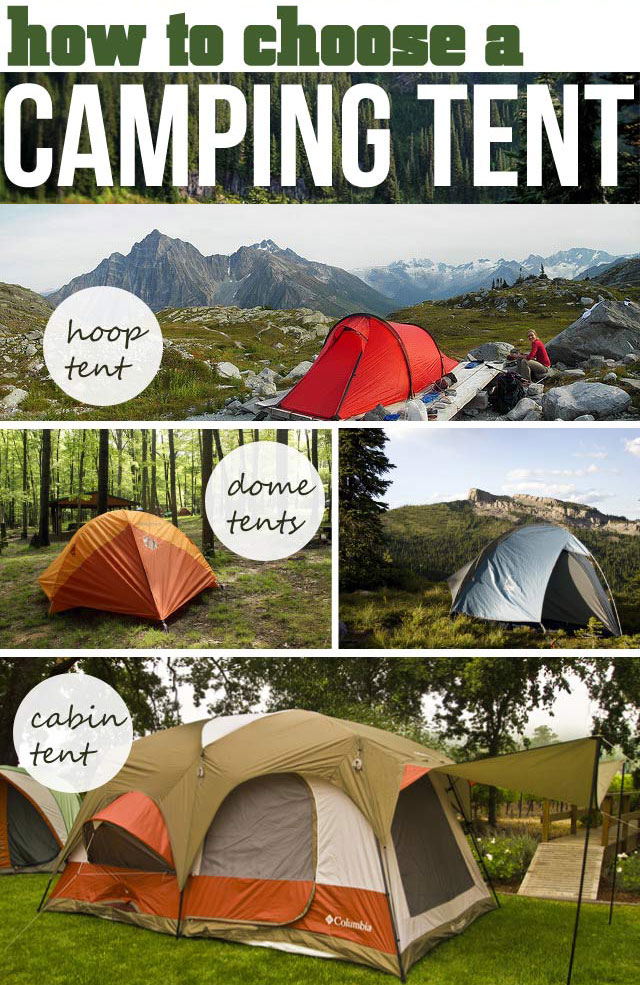

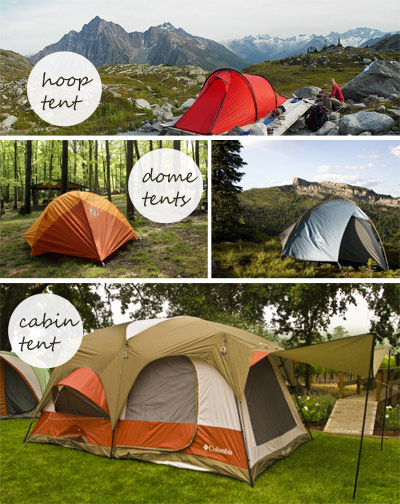
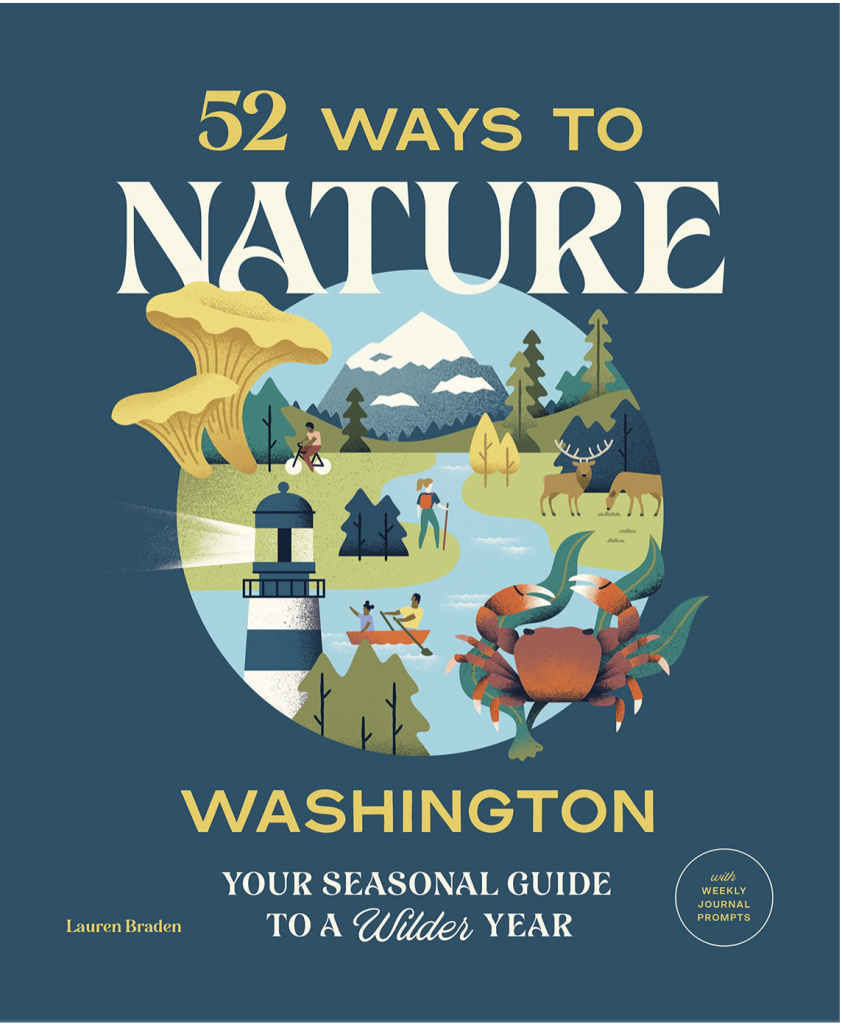


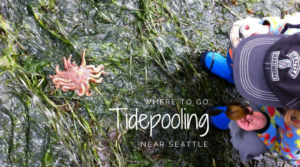



4 Responses
Thanks for this great list of things to consider! We bought a new family car camping tent this spring, after suffering through many years of a sub-standard bargain bin tent. That tent had a tiny “rain fly” that barely covered the mesh on the top. Whenever it rained, we got wet. It was hexagonal shaped, so the people on the edges didn’t have enough room for feet and gear. The poles were a pain in the butt to get through the nylon sleeves and took superhero strength to tuck into the pockets at the corners. It did have 2 doors, but the zippers started failing after a few years. Totally not worth it.
When we bought our new tent, price was a big hurdle, but we got it off REI.com outlet store. Then we used one of the 20% off coupons. It is fabulous! Though it’s a 4-person, it could easily fit 5, or even 6 in a pinch. It has plenty of room for our clothes bags in the tent itself, and it has a giant vestibule that is fully protected from the rain. It is easy enough for one adult and kids to set up (because it is so big, it takes 2 bodies to keep everything stable). It’s so much easier to get the poles up and connected to the tent body than our old one. It has ropes attached to the fly to stake or tie out; our old one had no ropes. It makes me so happy every time I set it up, and I feel much more secure in it. It’s totally worth going for quality.
Hey Jennifer, when you said it makes you happy every time you set it up – that’s totally why it’s important to love your tent in my opinion. It helps make you WANT to go camping if you love, trust, enjoy your tent. Thanks for sharing!
Readers, you’ll hear more about Jennifer’s new family car camping tent in my next post!
Hi,
Thanks for a great website. As a teen, my family and I used to go camping all the time, and we loved it.
Ingrid, thanks for stopping by! I hope you will go camping again sometime soon.